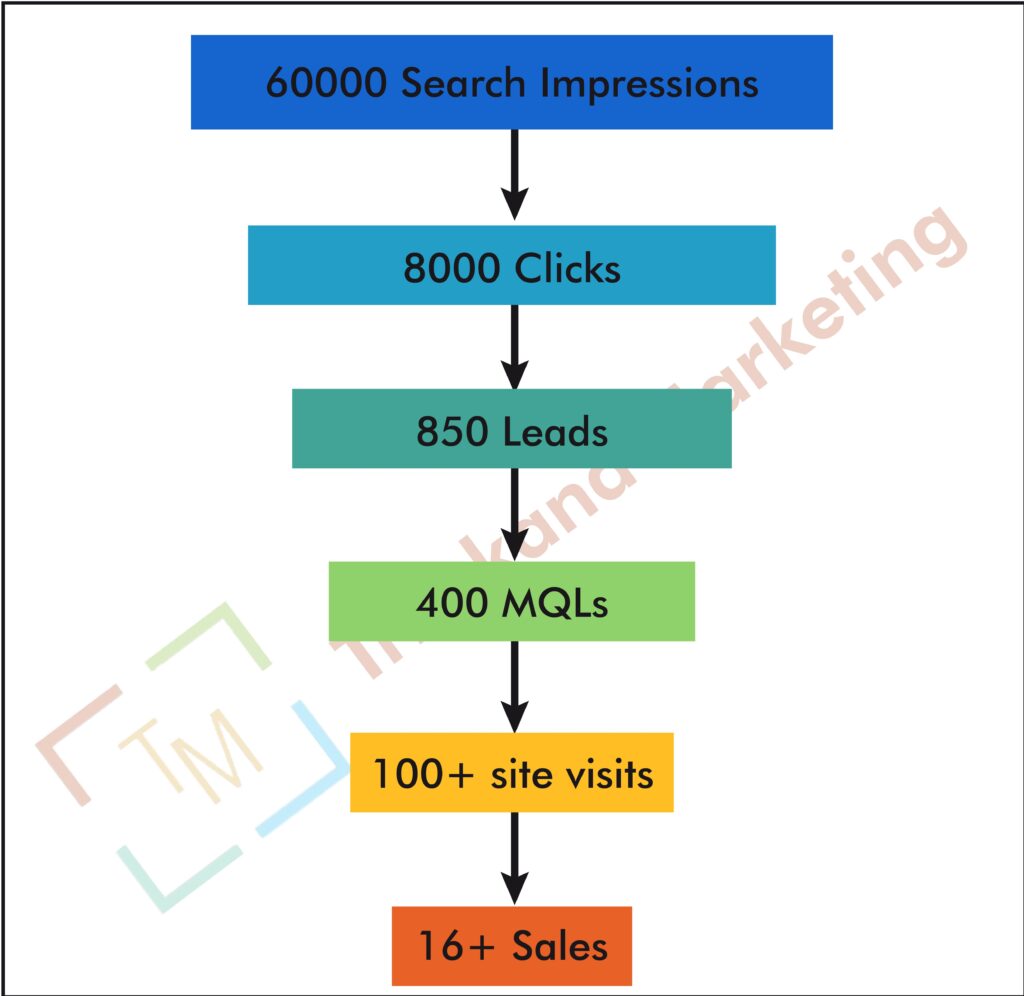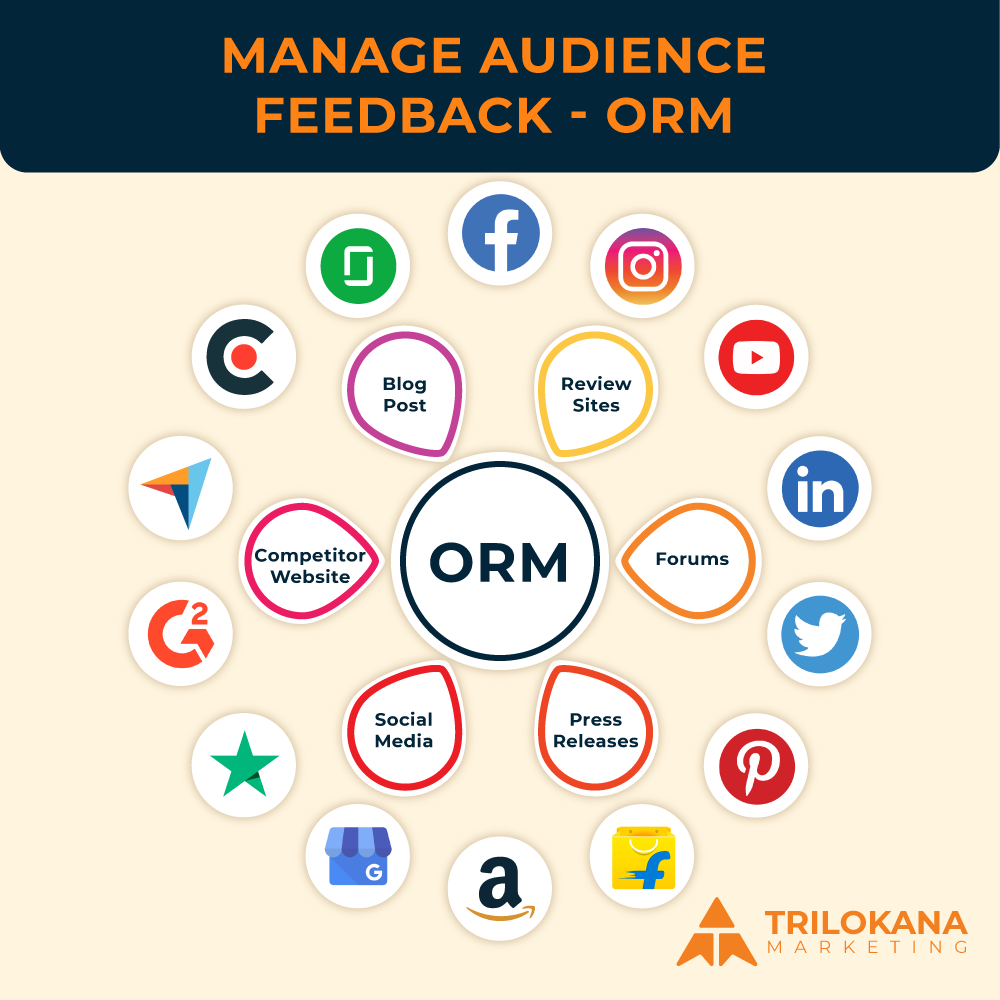In the dynamic landscape of B2B marketing, traditional methods are often insufficient to engage high-value clients effectively. Enter Account-Based Marketing (ABM), a strategic approach that focuses on targeted marketing efforts towards specific accounts rather than a broad audience. This guide will delve into the core principles of ABM, its benefits, implementation strategies, and best practices for businesses aiming to enhance their marketing efforts.
Table of Contents
- Understanding Account-Based Marketing
- Why ABM Matters for Businesses
- Key Components of ABM
- Steps to Implement an ABM Strategy
- Best Practices for Successful ABM
- Tools and Technologies for ABM
- Measuring ABM Success
- Future Trends in Account-Based Marketing
- Conclusion
Understanding Account-Based Marketing
Account-Based Marketing (ABM) is a focused business strategy in which a marketing team treats individual accounts as markets in their own right. Instead of casting a wide net and targeting many potential customers, ABM targets specific high-value accounts with tailored marketing strategies.
How ABM Works
- Identification of Target Accounts: Businesses identify key accounts that align with their ideal customer profile (ICP).
- Personalized Engagement: Marketers create personalized campaigns that speak directly to the needs and pain points of those specific accounts.
- Collaboration Between Sales and Marketing: ABM requires close collaboration between sales and marketing teams to ensure alignment and effective communication.
Why ABM Matters for Businesses
ABM offers several advantages for businesses, especially in a B2B context:
- Higher ROI: ABM campaigns often yield higher returns compared to traditional marketing strategies due to their targeted nature.
- Better Customer Relationships: Personalized marketing efforts foster stronger relationships with high-value clients, enhancing loyalty and retention.
- Improved Sales and Marketing Alignment: ABM promotes collaboration between sales and marketing teams, leading to a more cohesive approach to customer engagement.
- Efficient Resource Allocation: By focusing on high-value accounts, businesses can allocate resources more effectively, ensuring efforts are concentrated where they matter most.
Key Components of ABM
Successful ABM strategies comprise several key components:
- Target Account Selection
Identify high-value accounts based on criteria such as revenue potential, fit with your offerings, and likelihood of closing.
- Personalization
Develop personalized marketing messages and campaigns that address the specific needs, challenges, and goals of the target accounts.
- Cross-Channel Engagement
Utilize multiple channels (email, social media, webinars, etc.) to engage target accounts effectively and consistently.
- Measurement and Optimization
Continuously monitor the performance of ABM campaigns, gathering data and insights to refine strategies over time.
Steps to Implement an ABM Strategy
Implementing an ABM strategy involves several critical steps:
- Define Your Ideal Customer Profile (ICP)
Identify the characteristics of your ideal customer, including industry, company size, and revenue. This helps in selecting the right accounts to target.
- Select Target Accounts
Using the ICP, choose specific accounts that align with your business objectives. Prioritize them based on potential revenue and strategic fit.
- Align Sales and Marketing Teams
Facilitate collaboration between sales and marketing departments to ensure alignment on goals, messaging, and strategies.
- Develop Personalized Campaigns
Create tailored marketing campaigns for each target account, leveraging insights from both sales and marketing teams.
- Execute Cross-Channel Marketing
Utilize various marketing channels to engage with target accounts, ensuring consistent messaging across platforms.
- Monitor and Measure Performance
Track the success of your ABM campaigns using key performance indicators (KPIs) and analytics tools. Adjust strategies as needed based on performance data.
Best Practices for Successful ABM
To maximize the effectiveness of your ABM strategy, consider the following best practices:
- Focus on Quality Over Quantity: Prioritize high-value accounts that are most likely to convert and bring significant value to your business.
- Leverage Data and Analytics: Utilize data analytics to gain insights into account behavior, preferences, and challenges, allowing for more effective personalization.
- Collaborate Across Departments: Foster collaboration between sales, marketing, and customer service teams to ensure a seamless customer experience.
- Invest in Technology: Utilize marketing automation tools and CRM systems to streamline ABM processes and enhance data tracking.
- Engage Stakeholders at All Levels: Ensure that your marketing efforts engage decision-makers and influencers within target accounts to drive meaningful conversations.
Tools and Technologies for ABM
Various tools and technologies can enhance your ABM efforts:
- Customer Relationship Management (CRM) Software: Tools like Salesforce and HubSpot help manage and track interactions with target accounts.
- Marketing Automation Platforms: Solutions such as Marketo and Pardot enable the automation of marketing tasks and campaigns.
- Data Analytics Tools: Tools like Google Analytics and Tableau provide insights into campaign performance and audience behavior.
- Account-Based Advertising Platforms: Platforms like Demandbase and Terminus allow businesses to create targeted advertising campaigns for specific accounts.
Measuring ABM Success
To evaluate the success of your ABM initiatives, focus on the following key performance indicators (KPIs):
- Engagement Metrics: Monitor engagement levels with target accounts, including email open rates, click-through rates, and social media interactions.
- Pipeline Metrics: Track the number of opportunities created, deals closed, and revenue generated from targeted accounts.
- Account Penetration: Measure the growth of relationships within target accounts, including the number of stakeholders engaged.
- Return on Investment (ROI): Calculate the ROI of your ABM campaigns by comparing the revenue generated from target accounts to the costs associated with the campaigns.
Future Trends in Account-Based Marketing
As businesses continue to embrace ABM, several trends are likely to shape its future:
- Increased Use of AI and Machine Learning: Advanced technologies will enhance targeting, personalization, and predictive analytics, allowing for more effective ABM strategies.
- Greater Focus on Customer Experience: Companies will prioritize delivering exceptional experiences to target accounts, further deepening relationships and driving loyalty.
- Integration of ABM with Other Marketing Strategies: Businesses will increasingly integrate ABM with content marketing, inbound marketing, and social media strategies for a more holistic approach.
- Emphasis on Data Privacy: As regulations around data privacy evolve, businesses will need to adapt their ABM strategies to ensure compliance while still delivering personalized experiences.
Conclusion
Account-Based Marketing is a powerful strategy that allows businesses to engage high-value clients through targeted, personalized marketing efforts. By understanding its key components, implementing effective strategies, and leveraging the right tools, businesses can enhance their marketing efforts and drive long-term growth.
As ABM continues to evolve, staying informed about emerging trends and technologies will be essential for success. Embracing ABM is not just a marketing tactic; it’s a commitment to building meaningful relationships with key accounts and driving sustainable business growth. By focusing on quality engagements, B2B companies can unlock new opportunities and foster long-lasting partnerships in an increasingly competitive landscape.



